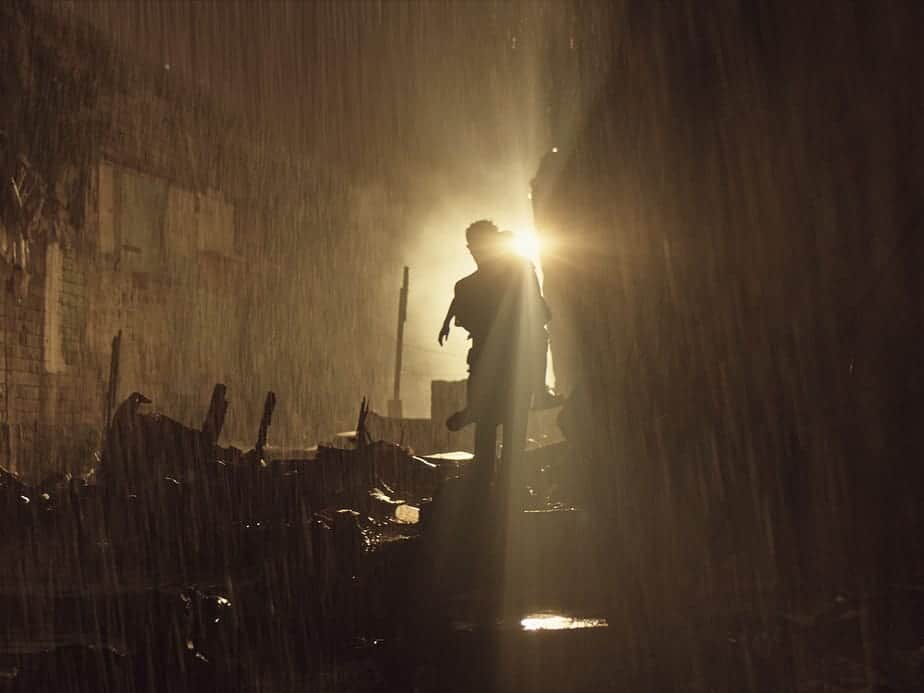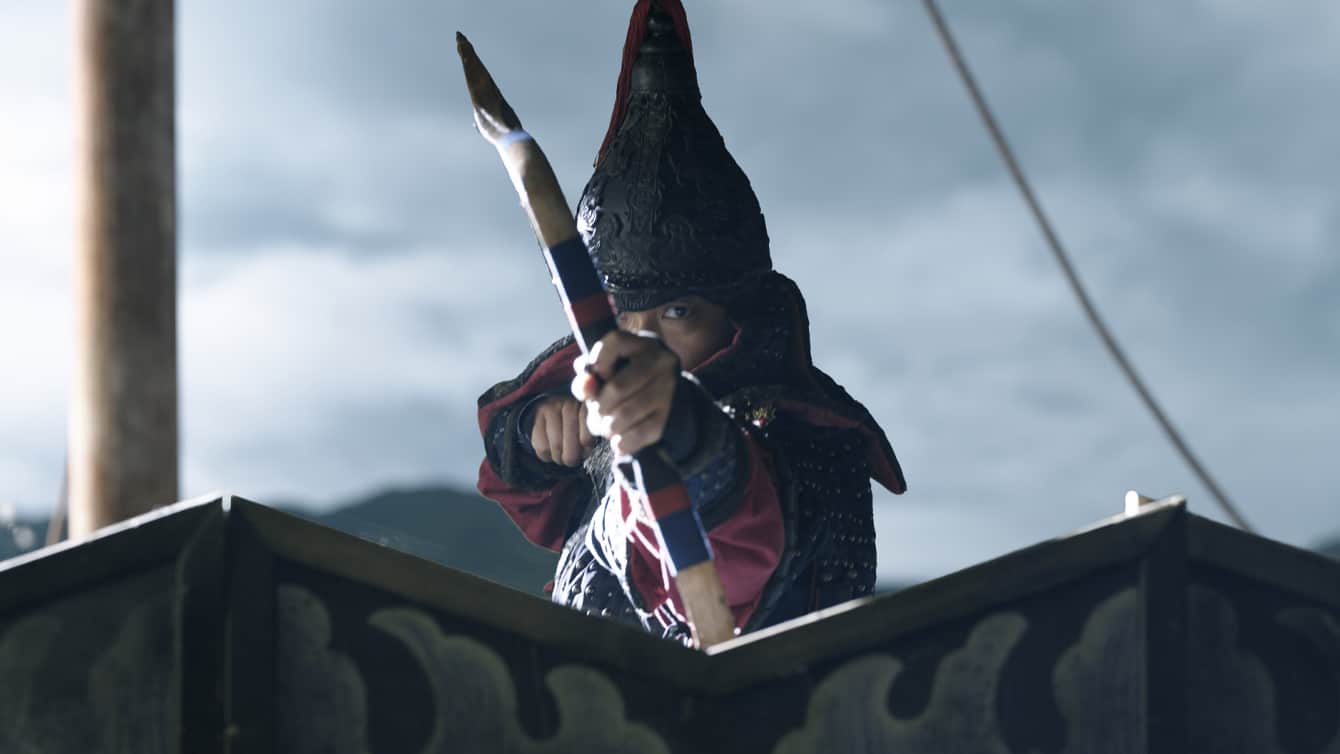In “Wife of a Spy”, Kiyoshi Kurosawa once again proves that his bag of tricks can be matched by only a few other directors in the business. The choreographed camera movements, jarring editing, playful use of artificial and natural lighting all exhibit Kurosawa's unique boldness and creativity. Luckily in this case, the director's panache was followed by a well thought-out and haunting story, which has not necessarily been the case with his most recent works. The science fiction duology “Before we Vanish” and “Foreboding” were embarrassing ventures into the metaphysical themes that verged on the ridiculous. A return to a more down-to-earth story in “Wife of a Spy” thus proved to be a welcome change.
This article is part of the Asian Cinema Education Film Criticism Course 2021

Although with “Tokyo Sonata” he has successfully fought off the reductionist stereotype, for many years Kurosawa was strongly associated with the j-horror movement. Films distributed in the 90s and noughties by Tartan Asia Extreme offered thrills, violence, explicit sex scenes and disturbing storylines. Kurosawa's name rose to prominence on the wave of the J-horror craze, but the director soon proved to be a much more diverse artist. In the later stages of his career, he translated his precise storytelling and cinematography, which are key in horror films, to other genres. “Wife of a Spy”, similarly to his 2015 output, “Journey to the Shore”, juggles genres and tones to confuse the viewer and constantly keep them guessing about the direction in which the story will develop.

The movie is an interesting addition to Kurosawa's oeuvre for another reason – it is a period piece. The Japanese director was always more interested in the contemporary state of his nation's society, so this venture into the past seems to be an intriguing one. Satoko (Kurosawa's regular, Aoi Yu) is the wife of a fabric merchant in 1940s Kobe. Society is divided over Japan's involvement in WWII, as cosmopolitanism clashes with nationalist moods. This is an interesting departure from the historical stereotype of the Japanese blindly following the wills of its emperor and politicians. Satoko's position is a comfortable one: her family is of good standing, as her husband Yusaku (Issey Takahashi) runs the company and is involved in global trade. Her tranquility becomes gradually interrupted as she discovers that there is more to Yusaku's profession than initially meets the eye. The film's title provides a clue as to what that ‘more' just might be.
In “Journey to the Shore”, Kurosawa explored the theme of female grief and loneliness through a ghost story, whereas the apocalyptic overtones were central to “Before we Vanish”. “Wife of a Spy” revisits those issues but gives them a more nuanced treatment which was definitely helped by Ryusuke Hamaguchi's involvement in the process of script writing. 2021 definitely belongs to the director of “Drive my Car”, and this is further exemplified by Kurosawa's film.
Although the plot is solid, and especially the finale offers a tense and harrowing conclusion, the film impresses the most visually. It is vintage Kurosawa, with many scenes composed in meticulous fashion to tell multiple stories and elicit a range of moods simultaneously. Camera smoothly manoeuvres through tight spaces, that in a way emulates the way Satoko herself operates in the film. The story is told from her perspective, and therefore, there is a lot of information withheld or obscured from the viewer. She is isolated and lonely and the camerawork mimics this by constructing the claustrophobic inner world of hers. Although Kurosawa's films have often been criticised for its perceived ‘coldness' and lack of involvement with the characters' emotions, “Wife of a Spy” debunks that claim. Like in “Journey to the Shore”, the lighting is key to the protagonist's inner struggle. It is often used in a very expressionist fashion which seems to be a direct nod towards the works of Douglas Sirk's (when discussing Journey to the Shore, Kurosawa admitted to having been inspired by the Hollywood father of melodrama).
Kiyoshi Kurosawa's films are genre-fluid, and “Wife of a Spy” only further proves that claim. Although predominantly told in an elegant way (establishing and medium shots are the main devices, the director never really decides to use a close-up), there is one interrogation sequence which is a clear call-back to the Kurosawa's j-horror legacy. The violence and gore presented on screen seem so jarring, because, until this point, the director restrains himself from showing anything explicit. Yet, the image remains and haunts the rest of the title, thus highlighting the actual stakes of the story. Satoko and Yusaku's personal views are at odds with the official line of their country. They thus face a dilemma: should they stick to their ideals and become whistle blowers, or rather keep their mouths shut and live a tranquil and respectable life?















